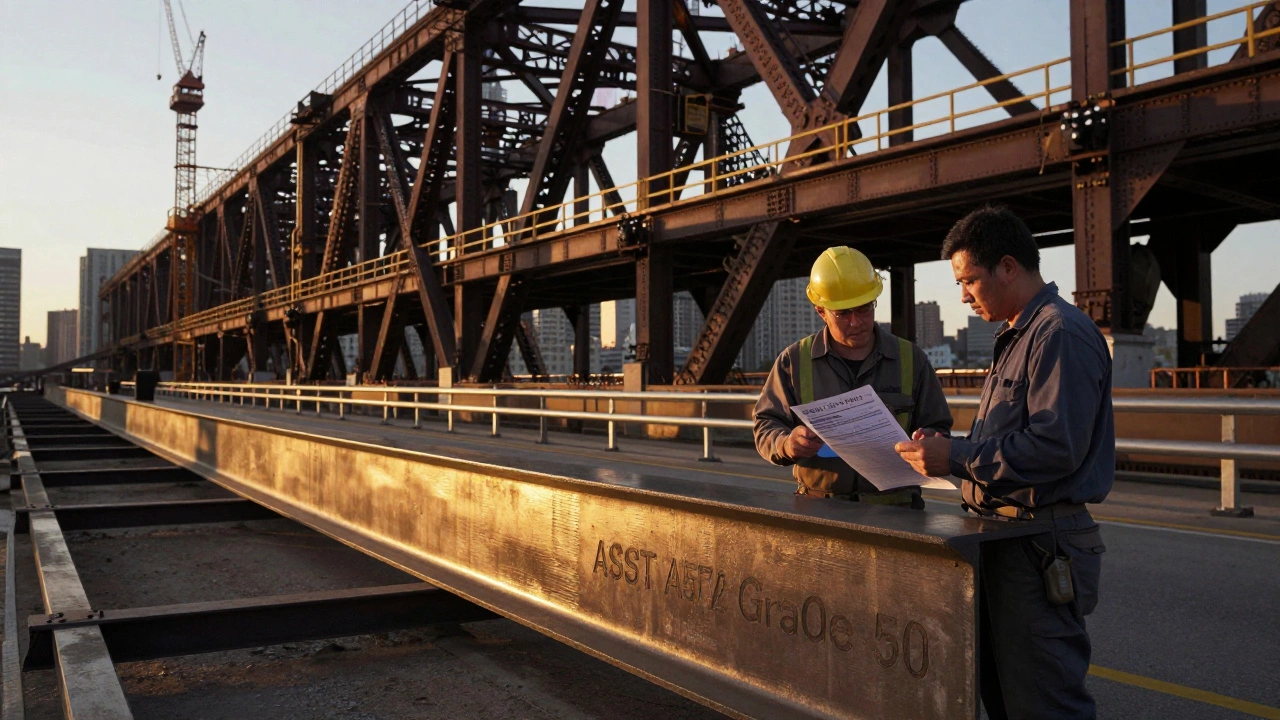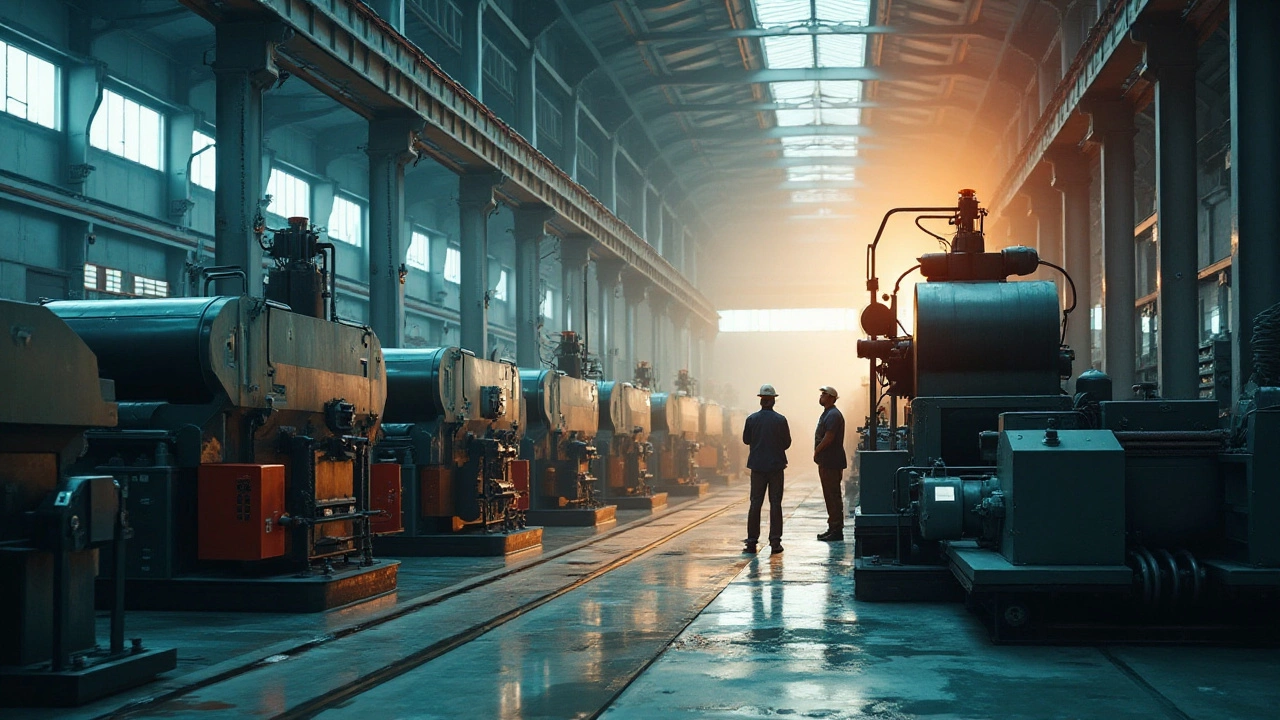Steel Quality: What It Is and Why It Counts
When you hear the word “steel,” you probably picture a strong, shiny sheet that holds up bridges or makes kitchen appliances. But not all steel is created equal. Steel quality is the difference between a product that lasts for decades and one that cracks after a few months. In manufacturing, construction, and even DIY projects, quality determines safety, performance, and cost‑effectiveness. Understanding the basics helps you avoid cheap mistakes and choose the right material for the job.
How Steel Quality Is Measured
Quality isn’t just a feeling; it’s backed by numbers and standards. The most common tests include tensile strength (how much pulling force the steel can handle), hardness (resistance to dents), and impact resistance (how it behaves under sudden blows). These tests follow international standards like ASTM, EN, or ISO, each assigning a grade or class to the steel. For example, ASTM A36 is a low‑carbon structural steel, while ASTM A514 is a high‑strength alloy used for heavy‑duty frames. The higher the grade, the tighter the tolerances on impurities and the better the mechanical properties.
Another key factor is chemical composition. Elements such as carbon, manganese, chromium, and nickel change how the steel reacts to heat, corrosion, and wear. A small increase in carbon can boost strength but may reduce weldability. That’s why manufacturers publish a material certification sheet that lists exact percentages of each element. Checking this sheet is a quick way to verify you’re getting the steel you need.
Tips for Choosing High‑Quality Steel
First, always ask for the mill test report (MTR). This document proves the steel passed the required tests and matches the grade you ordered. If a supplier can’t provide it, walk away. Second, compare price with known market rates. Extremely low prices often mean lower grade or compromised quality. Third, consider the end‑use. For outdoor structures, look for corrosion‑resistant grades like galvanized or weathering steel. For cutting tools, pick high‑hardness, heat‑treated alloys.
Finally, work with a trusted distributor. Reputable dealers keep inventory in climate‑controlled warehouses, reducing the risk of rust or damage before you receive the product. They also offer guidance on handling, storage, and fabrication, which can preserve the steel’s integrity from the moment it leaves the mill to the moment it’s installed.
By paying attention to grades, certifications, and supplier reputation, you can make confident decisions about steel quality. Whether you’re building a skyscraper, a farm fence, or a simple shelf, the right steel makes all the difference in durability, safety, and long‑term cost savings.

Why American Steel Is Often Preferred Over Chinese Steel in Critical Applications
American steel outperforms Chinese steel in critical applications due to stricter standards, better traceability, and consistent quality control - making it the safer, more reliable choice for infrastructure, medical devices, and heavy machinery.

Top Global Leaders in High-Quality Steel Production
Steel quality is crucial for multiple industries, and understanding which manufacturers lead the way helps both producers and consumers make informed decisions. Examining the highest quality steel producers globally involves looking at their innovative techniques, sustainabilty efforts, and customer engagement strategies. These factors not only reflect on the companies’ prestige but also influence market dynamics and future developments in the steel industry. This article will delve into the key players in steel manufacturing and the methods that set them apart. Whether you're an industry insider or a curious consumer, you'll find plenty of fascinating insights.

